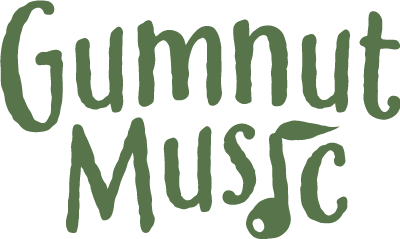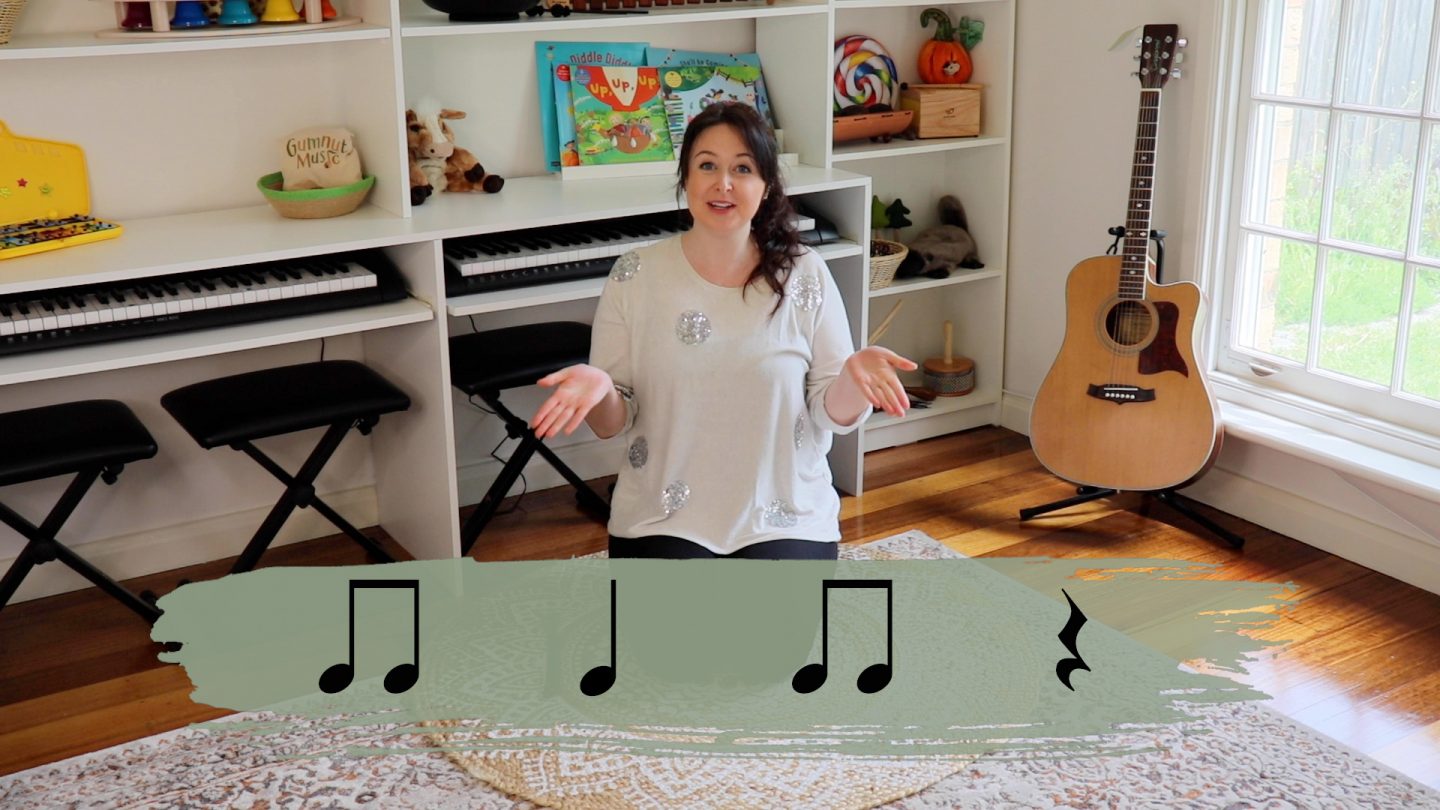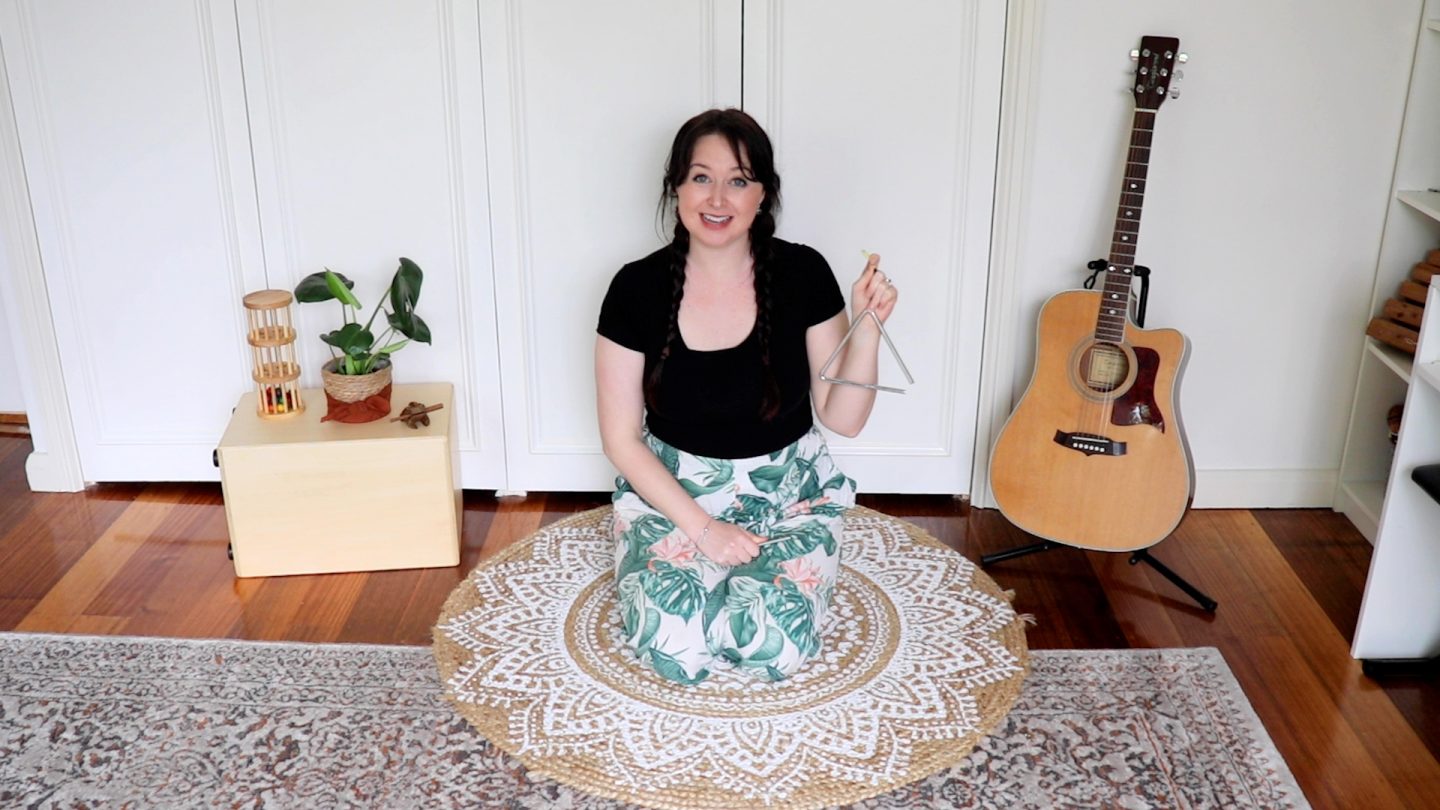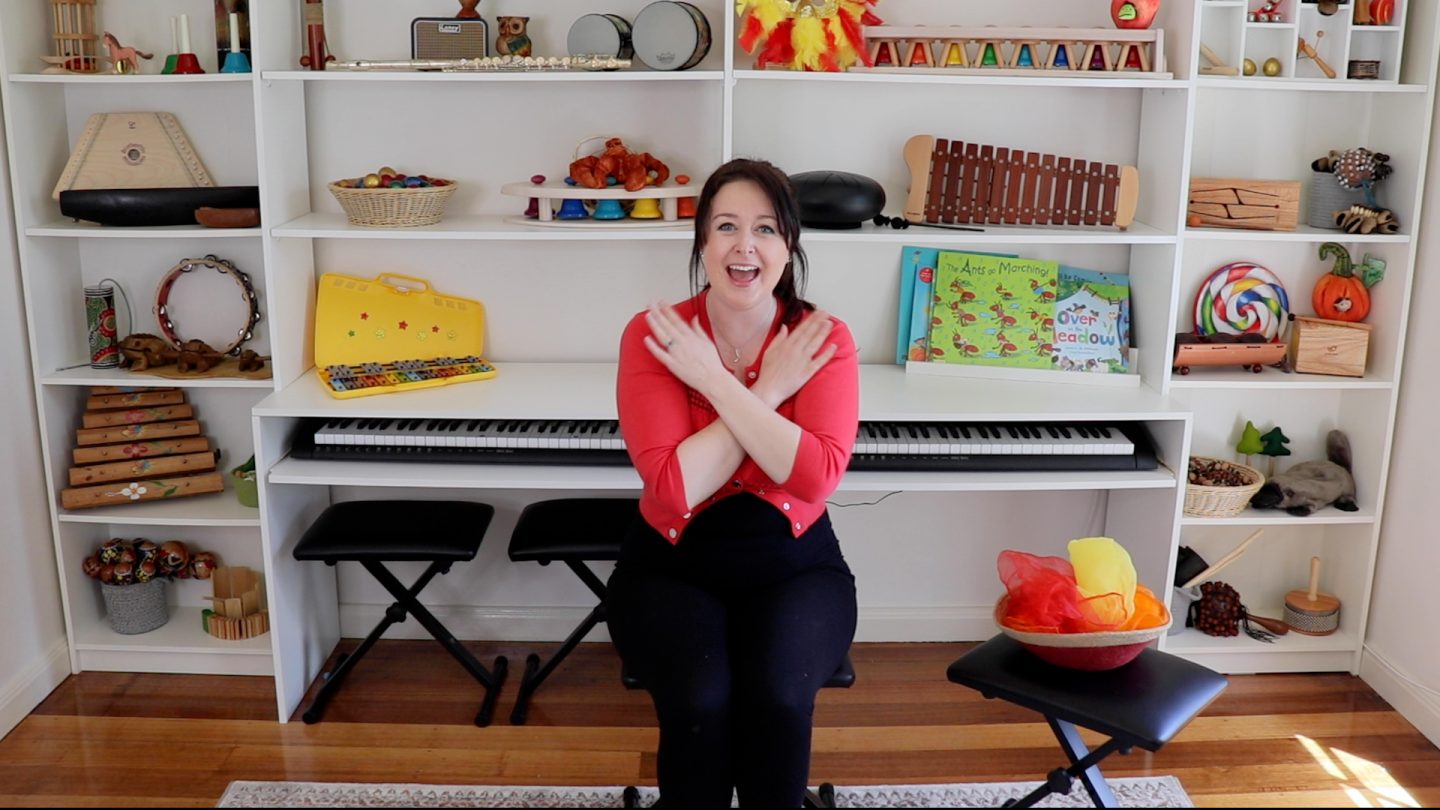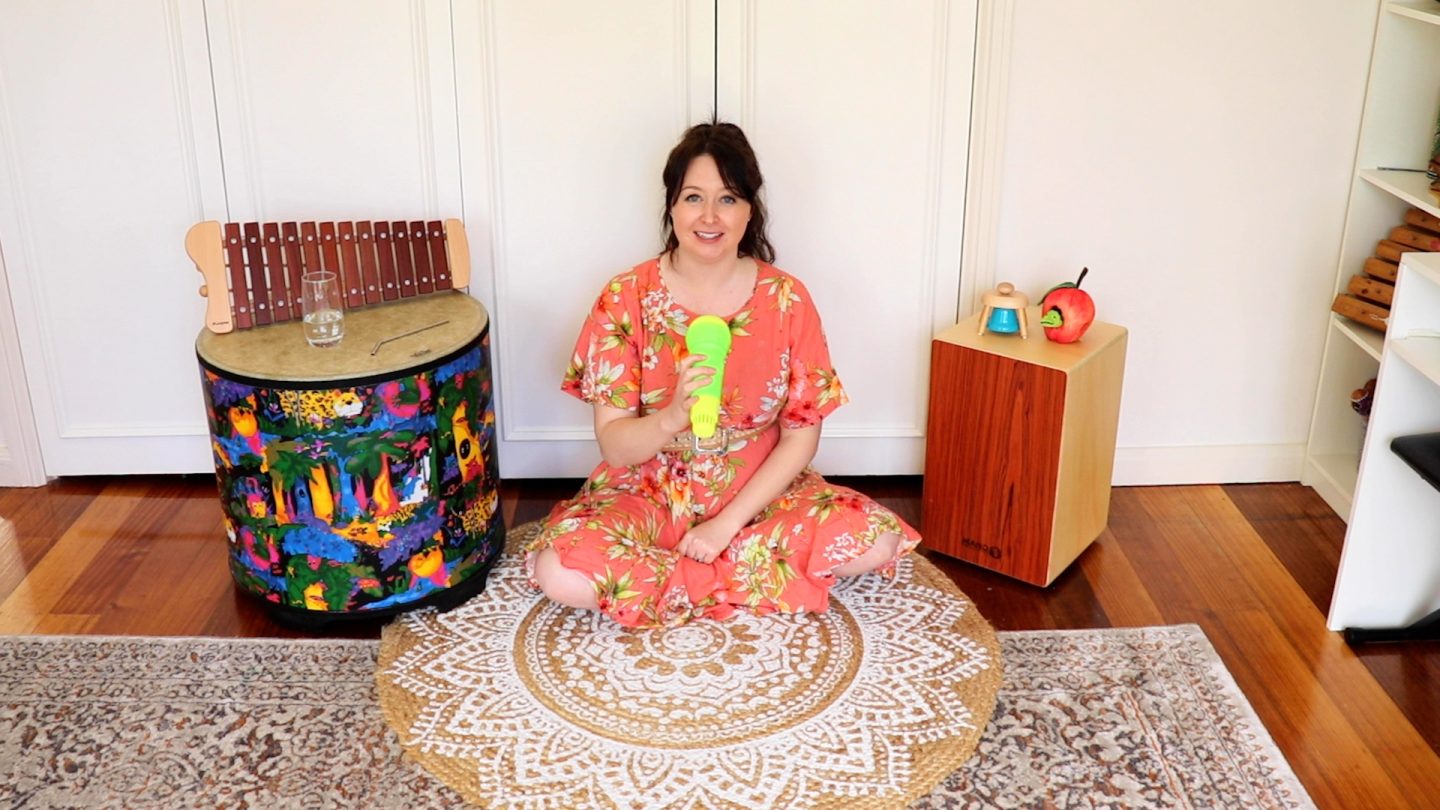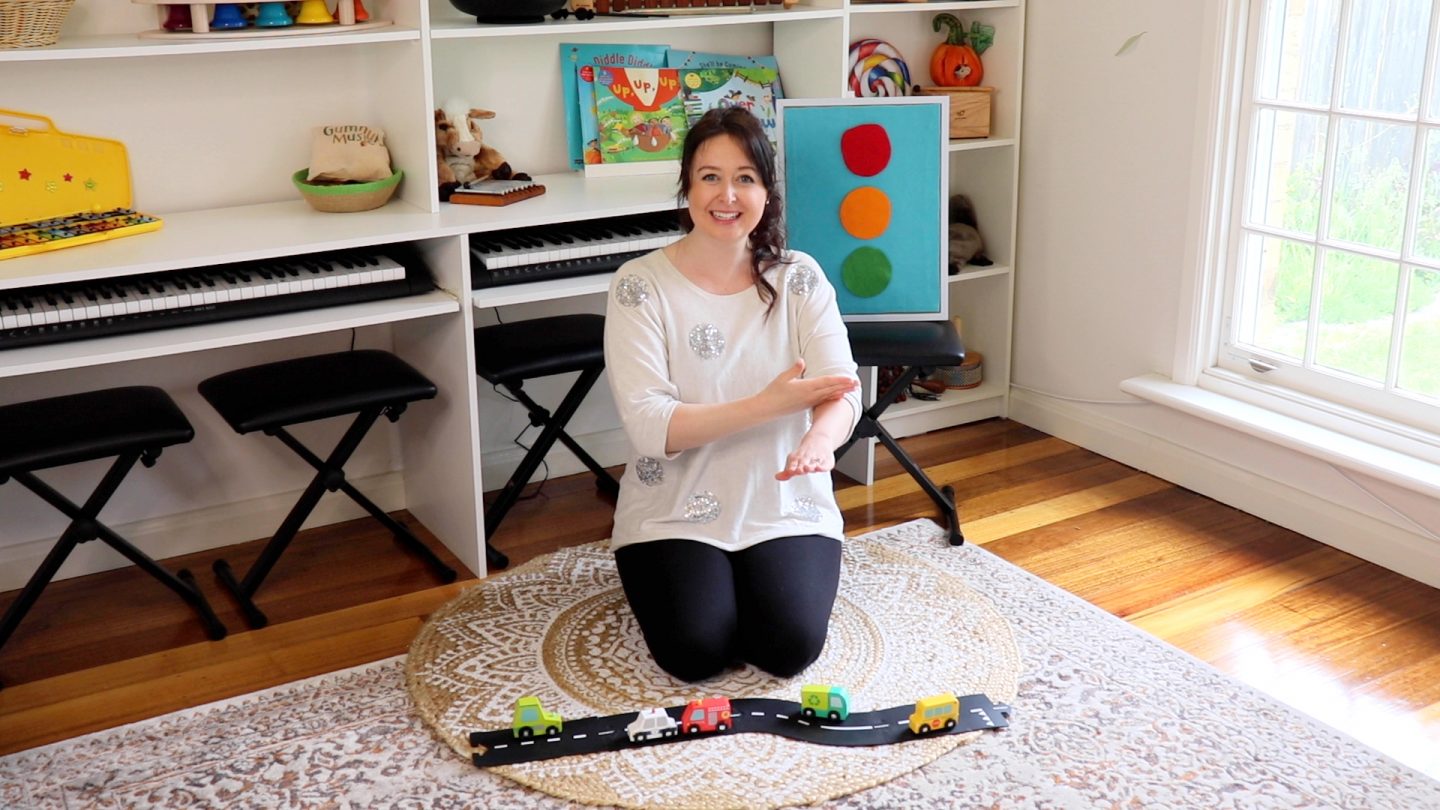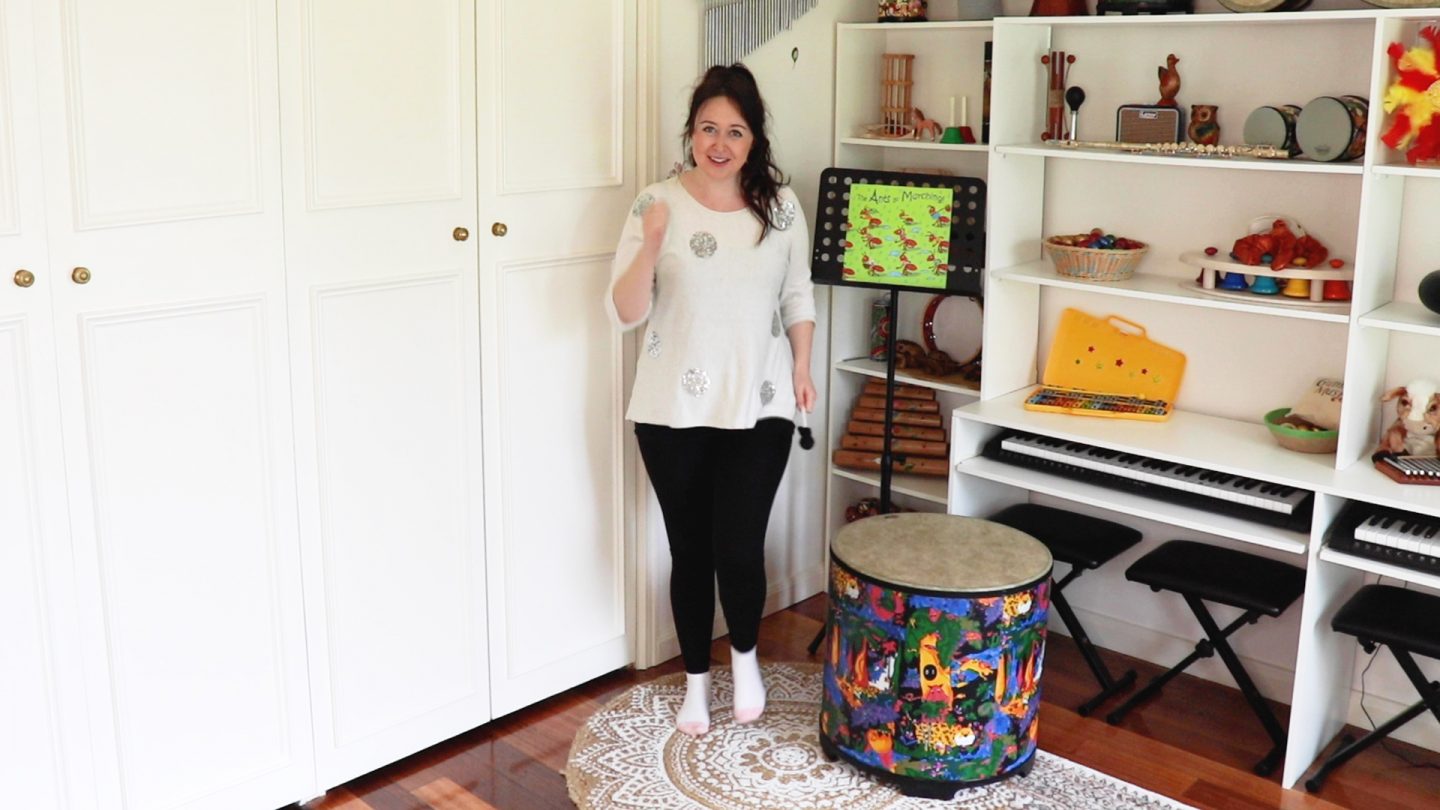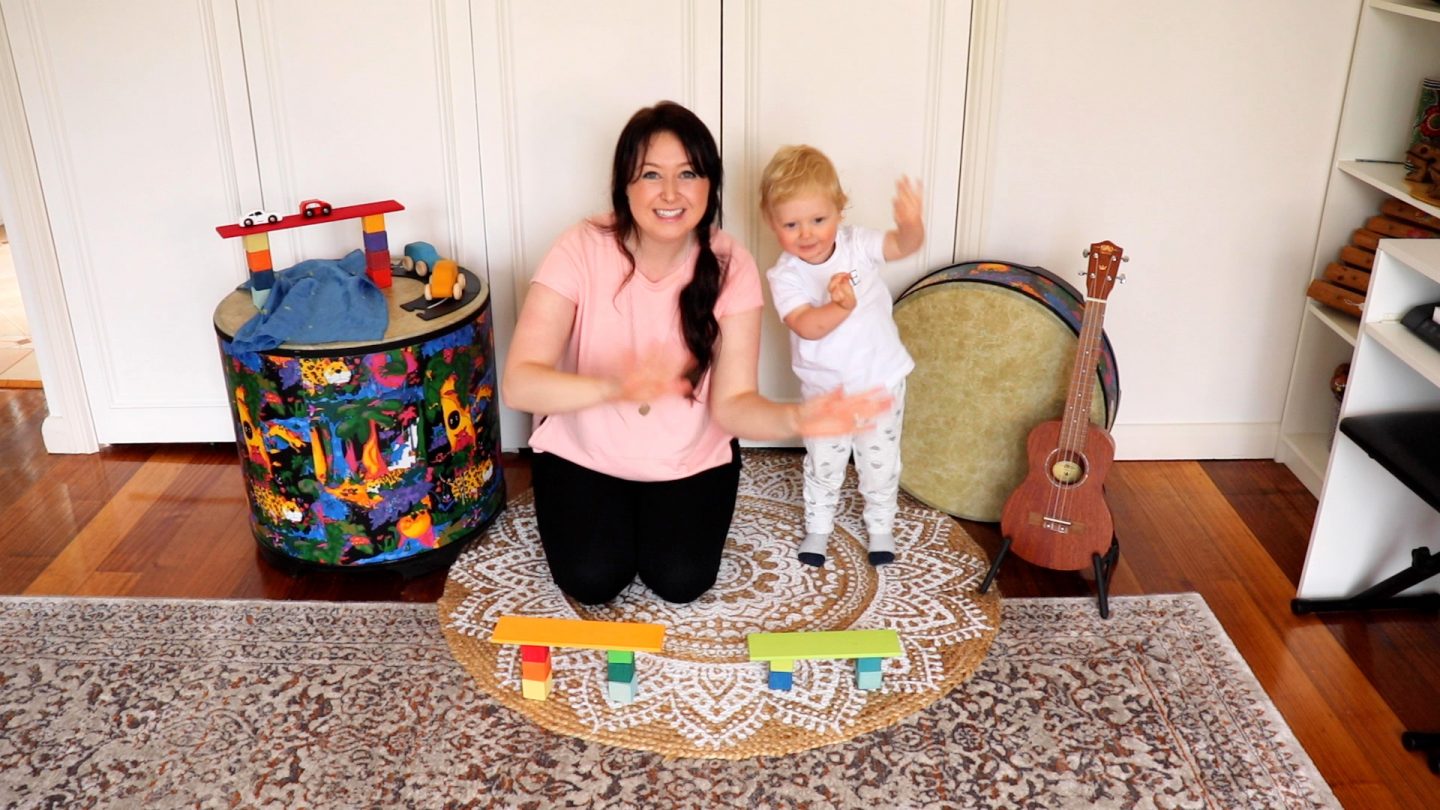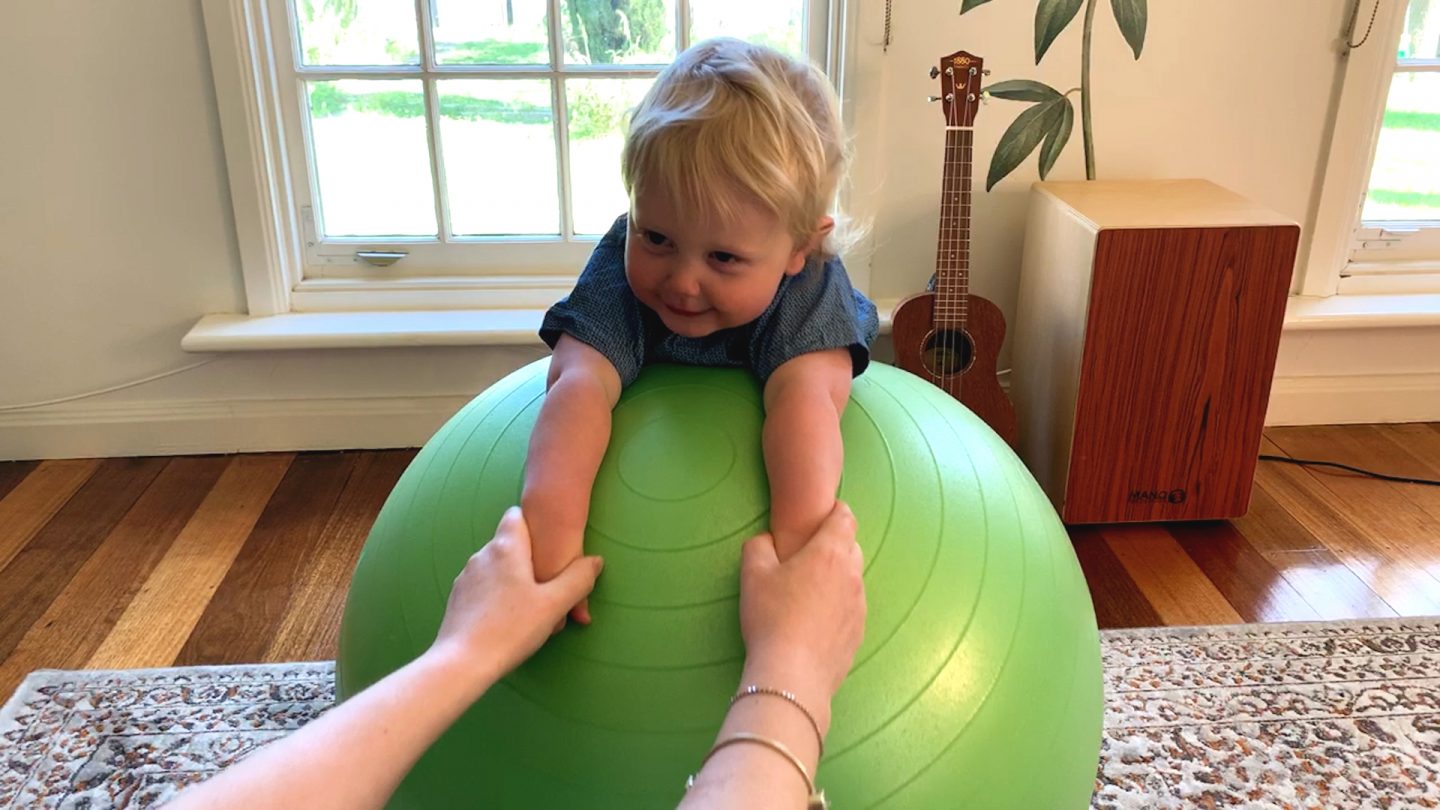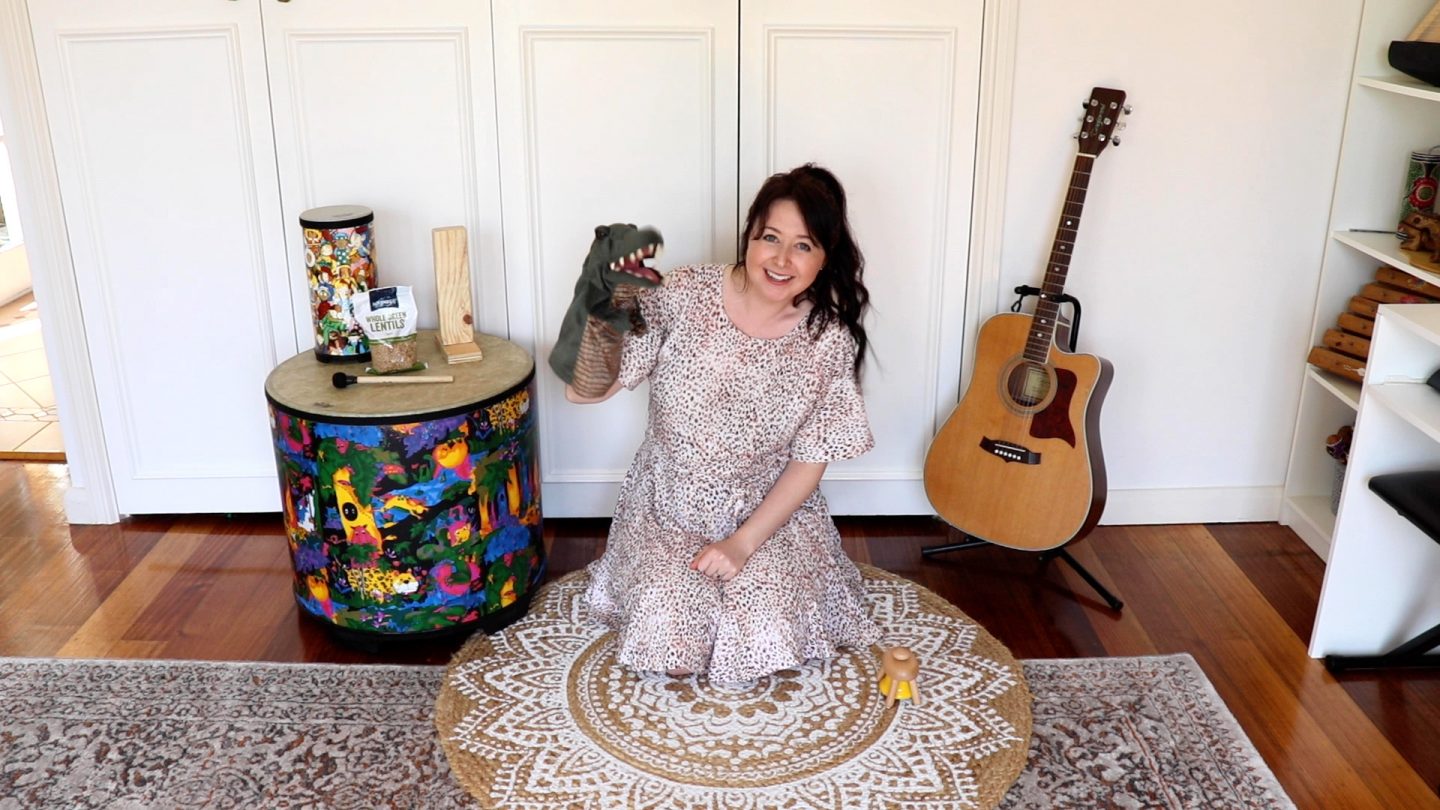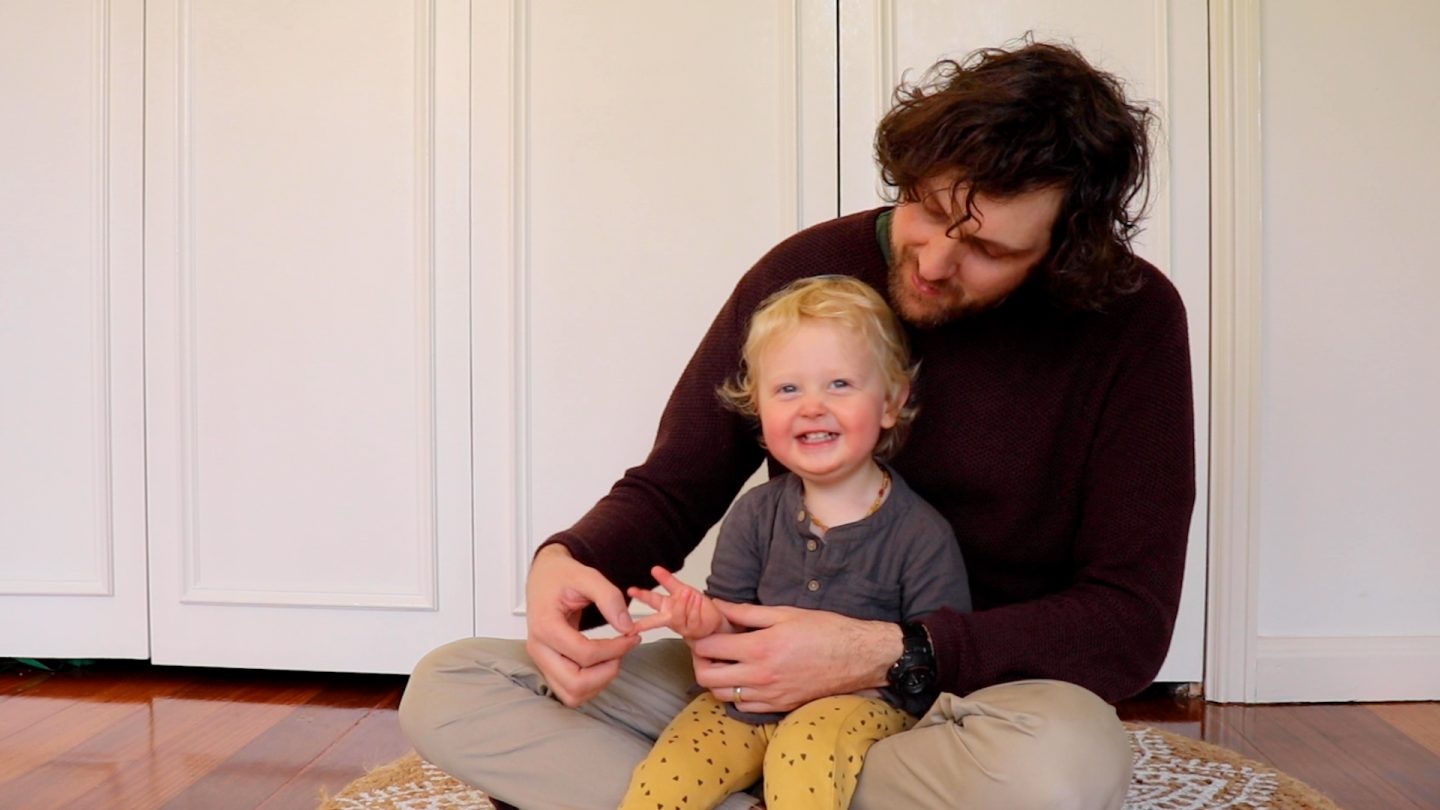Author: Gumnut Music
Meet Ti-Ti Ta Ti-Ti Shh
Whoops! This content is restricted to GM TV subscribers only. You must log in or sign up before you can view it. Username Password Remember Me Forgot Password
5 Little Triangles
Whoops! This content is restricted to GM TV subscribers only. You must log in or sign up before you can view it.
Epo I Tai Tai E (Polynesian)
Whoops! This content is restricted to GM TV subscribers only. You must log in or sign up before you can view it.
The Littlest Worm
Whoops! This content is restricted to GM TV subscribers only. You must log in or sign up before you can view it.
Traffic Light (Sign)
Whoops! This content is restricted to GM TV subscribers only. You must log in or sign up before you can view it.
The Ants Go Marching
Whoops! This content is restricted to GM TV subscribers only. You must log in or sign up before you can view it.
London Bridge
Whoops! This content is restricted to GM TV subscribers only. You must log in or sign up before you can view it.
Roll the Ball
Whoops! This content is restricted to GM TV subscribers only. You must log in or sign up before you can view it.
Snap, Crackle, Pop!
Whoops! This content is restricted to GM TV subscribers only. You must log in or sign up before you can view it.
Tom Thumbkin (Variation)
Is it windy where you are? Here is a fun rhyme to explore the feeling of wind whilst also learning body parts and engaging the senses. Reciting rhymes with your child helps build strong bonds, improves literacy development and the inspires the imagination.
